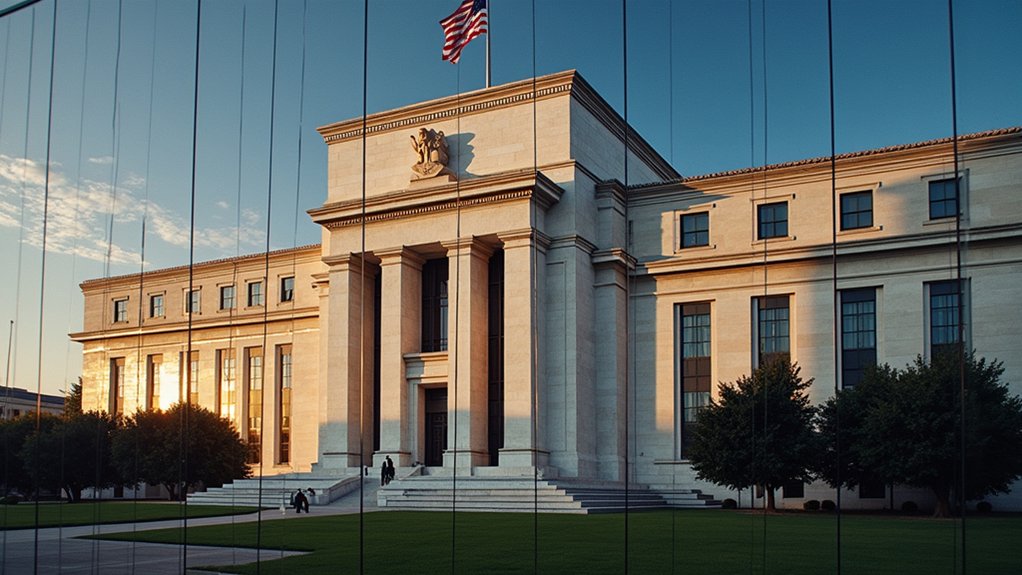Federal regulators have approved Capital One’s massive $35 billion acquisition of Discover Financial Services, creating America’s largest credit card issuer. The merger, blessed by the Federal Reserve and Office of the Comptroller of the Currency, will control one-third of the U.S. credit card market for subprime borrowers. Despite antitrust concerns, the Justice Department didn’t block the deal. The combined entity promises $265 billion in community benefits and aims to challenge Visa and Mastercard’s dominance. Time will reveal if this banking behemoth delivers on its bold promises.

While the financial world held its breath, federal regulators finally gave the green light to the biggest bank merger since 2008. The Federal Reserve and Office of the Comptroller of the Currency approved Capital One‘s $35 billion acquisition of Discover Financial Services on April 18, 2025, creating what will become America’s largest credit card issuer.
Talk about a power move. The combined entity will control roughly one-third of the U.S. credit card market for subprime borrowers – a fact that raised more than a few eyebrows among competition watchdogs. But the Justice Department’s antitrust division couldn’t find enough evidence to block it. Sometimes that’s just how the cookie crumbles.
Despite antitrust concerns over market dominance, regulators greenlit the merger, giving Capital One unprecedented control over subprime credit lending.
The merger brings together two financial services mavericks. Capital One, the upstart that spun off from Signet Financial in 1994, and Discover, the former Sears credit card division that pioneered cash-back rewards. The deal will position them as a credible alternative to industry giants Visa and Mastercard. Richard Fairbank, Capital One’s CEO, highlighted that this merger would create a more competitive banking system.
Now they’re promising a whopping $265 billion in community benefits to support consumers, small businesses, and underserved communities. How’s that for throwing money at public goodwill?
It hasn’t been all smooth sailing. Discover got slapped with a $100 million penalty for overcharging interchange fees between 2007 and 2023. Capital One must now guarantee compliance with remediation requirements as a merger condition. The regulators aren’t messing around.
The numbers are staggering. Capital One brings $363 billion in deposits and $490 billion in total assets to the table. They’re already the biggest bank in the D.C. metro area, with about 20% market share.
Come May 18, 2025, when the deal closes, they’ll be playing in an entirely different league.
For now, customers won’t see immediate changes to their accounts. But the merger signals a seismic shift in the banking landscape. It’s a milestone that suggests regulators under the new administration are willing to approve major financial consolidations – for better or worse.
Only time will tell if this marriage of financial giants delivers on its promises of innovation and increased competition.





